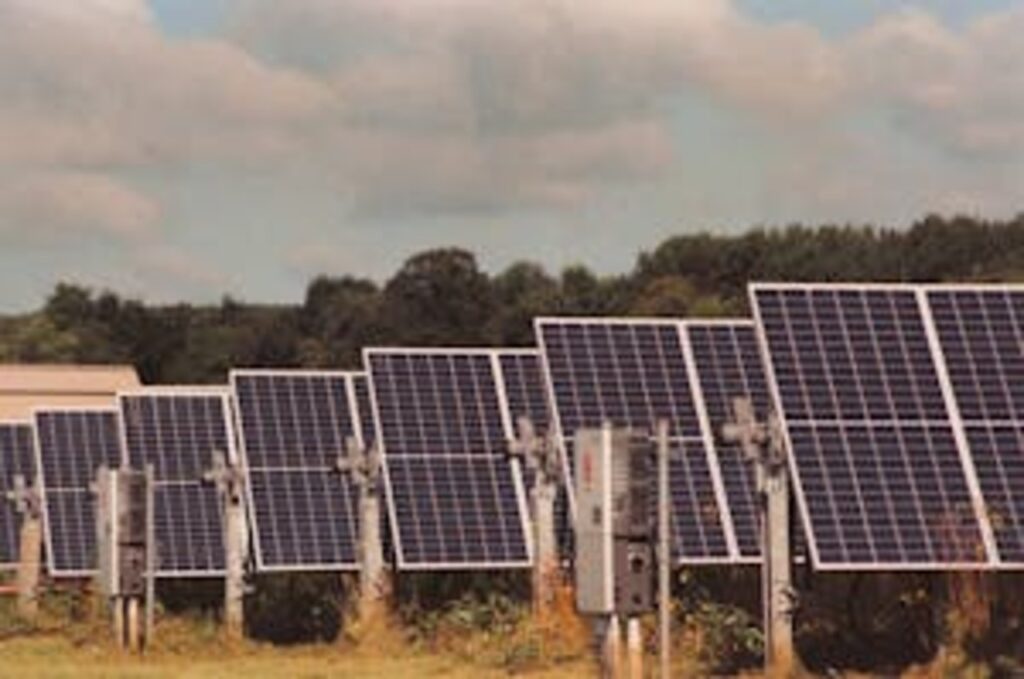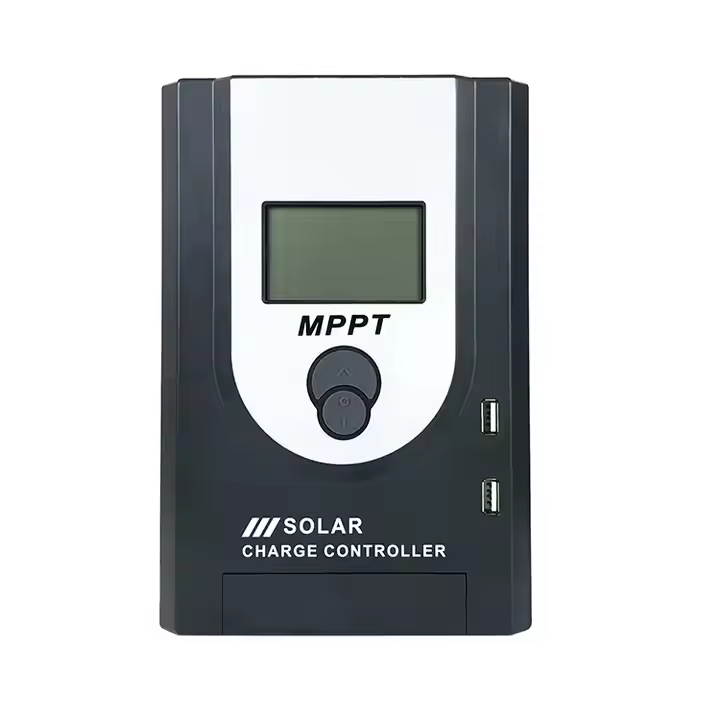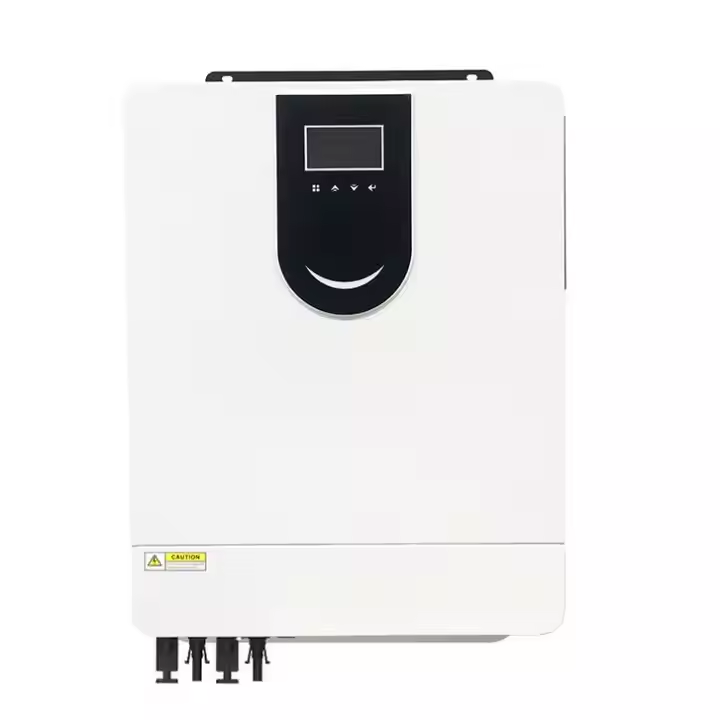Solar panels in desert and arid regions face relentless dust and sandstorms that can slash energy output by up to 40%. Traditional cleaning methods—manual washing or mechanical brushing—are costly, water-intensive, and often impractical where water is scarce. Self-cleaning technologies now offer a breakthrough, automating dust removal to restore peak performance and boost annual yields by as much as 40%. This guide explores the science of soiling losses, the leading self-cleaning solutions, integration strategies, real-world successes, and best practices to keep your solar investment thriving in the harshest environments.
I. Why Dust Control Matters
Even a thin layer of dust can block sunlight, create hot spots, and reduce photovoltaic output by 20–40%. In deserts, wind-driven particulates adhere tightly to panel surfaces, forming crusts overnight under dew or humidity. Without regular cleaning, energy losses compound daily, undermining the financial and environmental returns of solar installations.
II. How Dust Accumulates and Impacts Performance
Electrostatic Attraction
Fine sand and mineral dust carry static charges that cling to glass surfaces.Cementation Under Dew
Overnight moisture binds particulates into a crust that resists rain and wind.Hot-Spot Formation
Uneven soiling causes localized overheating, which can damage cells and shorten panel life.
Combined, these effects not only lower instantaneous power but also accelerate degradation over time.
III. Leading Self-Cleaning Technologies
A. Hydrophobic and Photocatalytic Coatings
Nano-textured films create a water-repellent surface that sheds dust whenever dew, rain, or irrigation runs off. Some coatings embed titanium dioxide particles that, under UV light, break down organic residues and loosen embedded dirt.
B. Electrostatic Dust Repulsion
Embedded electrodes generate brief, localized electric fields that repel charged particles off the panel. Pulse cycles require only a few watts and can be scheduled nightly to clear fresh accumulations.
C. Mechanical Vibration Systems
Low-amplitude vibrators affixed to panel frames gently shake off loose sand. Coupled with an asymmetrical tilting rail, gravity then guides debris to the edge and onto protective ground mats.
D. Autonomous Cleaning Robots
Solar-powered rovers traverse arrays, brushing and wiping panels in coordinated patterns. Advanced models adapt routes based on dust density, using onboard sensors to optimize cleaning frequency.
IV. Integrating Self-Cleaning into Your Solar System
Controller Synchronization
Program cleaning cycles into your Solar Charge Controller—ideally during night-time lunar mode—to avoid competing with peak generation periods.
Power Budgeting
Allocate a small percentage (1–2%) of daily yield to cleaning operations; the return on this “energy investment” often pays back within weeks.Hybrid Inverter Coordination
For grid-hybrid setups, ensure the Hybrid Solar Inverter accommodates brief power draws for cleaning without triggering fault shutdowns.
V. Real-World Success Stories
Utility-Scale Desert Farm
A 50 MW array equipped with hydrophobic coatings and nightly electrostatic pulses recovered 35% of lost output, saving hundreds of thousands of dollars annually in water and labor.Off-Grid Research Outpost
Mechanical vibration modules on a remote 500 kW microgrid cut manual cleaning visits from monthly to biannual, extending battery autonomy during storm seasons.Residential Solar Village
Self-cleaning robots on a 1 MW community project boosted average panel efficiency by 25%, enabling lower-cost solar tariffs and reliable street lighting.
VI. Best Practices for Deployment
Assess Your Soiling Rate
Use yield monitors to track output drops after storms and calibrate cleaning frequency accordingly.Choose Durable Solutions
Verify coatings and mechanical parts for UV stability, abrasion resistance, and ease of replacement.Plan Maintenance Access
Even self-cleaning systems need periodic inspection—design racks and pathways for safe robot retrieval and component checks.Optimize Panel Tilt
Slightly steeper angles (15–30°) enhance natural dust runoff and complement cleaning systems.
VII. Future Trends
AI-Driven Schedules
Machine-learning algorithms will predict dust events from weather forecasts and satellite imagery, triggering pre-emptive cleaning.Multi-Modal Systems
Hybrid approaches combining coatings, electrostatic, and mechanical methods promise near-zero soiling losses without extra energy.Circular-Design Components
Next-gen coatings will be fully recyclable, and robotic modules modularly upgradeable to reduce e-waste.
VIII. Conclusion
In dusty climates, self-cleaning solar panels are no longer a luxury but a necessity. By adopting hydrophobic coatings, electrostatic repulsion, mechanical vibration, or autonomous robots—and integrating them smartly with your charge controllers and hybrid inverters—you can recover up to 40% of lost yield, cut operating costs, and safeguard long-term solar performance. For desert-proof solar success, automate cleaning and let your panels thrive from dawn till dusk—and beyond.




